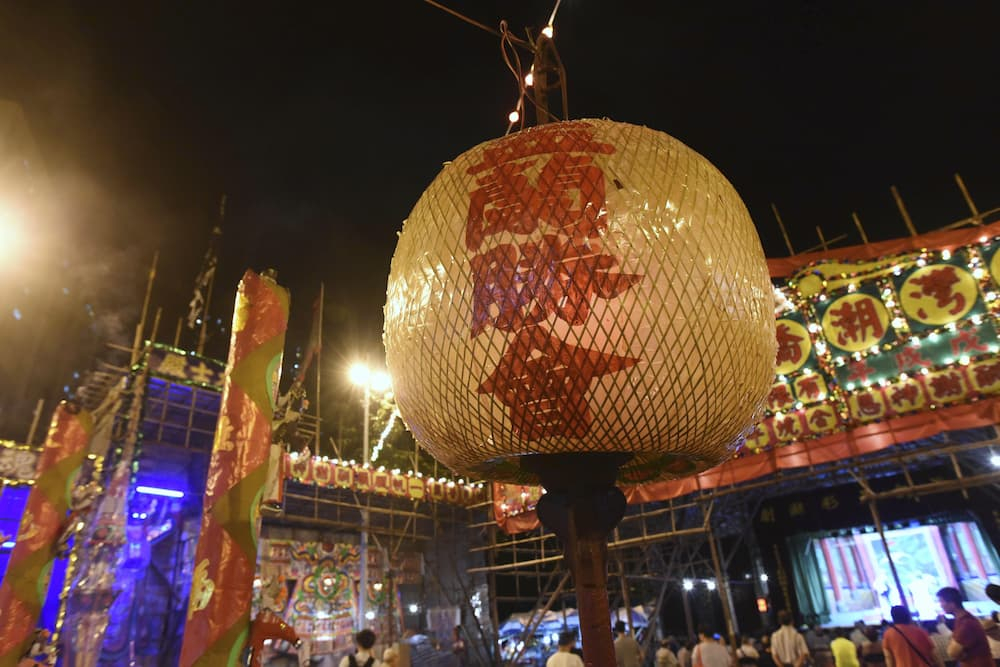
Xi’an Drum Music
Splendid
Chi Culture
Topic
Xi’an Drum Music
The ancient capital city of Xi’an is situated on the Weihe Plain (a.k.a. Guanzhong Plain) that stretches 800 li (ca. 400 kilometers) from east to west. At various times in China’s history, it has served as the capital of several dynasties. If one were to sum up all the years when it was the seat of government, one would learn that it has been a capital city longer than any other city in China. Xi’an is a historical and cultural center. It is the home of the First Emperor’s (259–210 BCE) terracotta soldiers as well as the birthplace of the resplendent cultures of the Han (206 BCE–220 CE) and Tang (618–907) dynasties. It is well known for the magnificent fu (rhyme-prose) and poetry written by its citizens in those two dynasties. Moreover, it also gave rise to a type of drum music that has been called a “living fossil.”
Performed in and around the city of Xi’an, this unique music enjoys a great reputation among the people. Drum music is considered representative of Chinese musical culture because of its long history, beautiful compositions, and elegant style. In May 2005, Xi’an drum music was inscribed on the National Intangible Cultural Heritage List. Six years later, it was also inscribed on UNESCO’s Representative List of the Intangible Cultural Heritage of Humanity.
Originating in the Tang dynasty, Xi’an drum music has been performed for more than thirteen-hundred years. Originally, it was a fusion of court banquet music, palace music, and Tang folk music. Drum music is extraordinary because it also incorporates Buddhist, and Daoist music. The music continued to develop through the succeeding dynasties until it reached a pinnacle during the Qing dynasty (1644–1911). During the twentieth century, it languished until the 1950s. Since then, four large collections of tunes have been compiled and the music has new-found popularity. There are more than one-thousand notated melodies; although others have been passed down from teacher to student. All of this provides useful information for the study of Chinese music culture.
Musicologists believe that the ancient Xi’an music (another term for Xi’an drum music) is the “oldest, largest, and most complete system of ancient music in the world, [and that it] has a perfected system of temperament, pitch, composition, and scoring.” The unique charm of Xi’an drum music lies in the use of traditional musical instruments, including drum, flute, sheng (a free-reed instrument), xiao (vertical flute), nao (an inverted clapper-less bell), cymbals, gongs, ancient zheng (zither), and pipa (lute). There are several systems of musical notation: reduced-character, half-character, popular character, and gongchi notation (which uses characters such as工, 尺, and others to mark the tunes and melodies). In performance, one can see that Xi’an drum music preserves a type of performance rooted in the court music of the Tang dynasty. The performers are either seated (for indoor performances) or walking in a procession (for outdoor performances). The music is varied and can be elegant and solemn, melodious and leisurely, or magnificent and imposing.
Xi’an drum tunes can be categorized, along traditional lines, into divertimenti, playing songs, and drum segments. Divertimenti are large-scaled, integrated pieces in which the names of the tunes, around which the music is composed, are linked. Major divertimenti are the “music lyric set,” “grand music,” “sutra set,” “northern lyric,” “southern lyric,” “flower drum section,” and “da zhazi (a type of percussion instrument).” Play songs and drum segments are small-scale musical composition; the major types are “drum segments,” “dance music,” “qi-prelude,” “rampart drum,” “chuan zhazi (rapidly beating drums and playing long drums),” “marching to the beat of time,” “triumph of order,” “splitting a melody,” “jade headscarf,” “boat launching,” “grain moth (or night butterfly),” and others.
It is particularly worth mentioning that Xi’an drum music is both an art form and a piece of history that can be seen, heard, and even touched. Today, if one is strolling in the streets of Xi’an, or wandering in the suburbs, it is quite possible that one can unexpectedly encounter lively Xi’an drum music, and talk with enthusiastic and straightforward performers.







